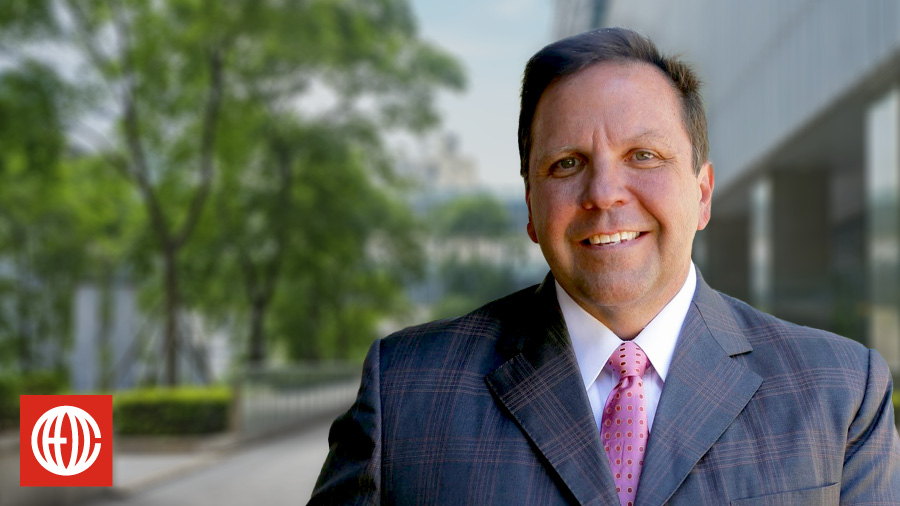
What do you want?
It’s a BIG question. But as CEO, it’s the question at the heart of your business, and how you’ll approach the new year.
Your annual planning process this year may still look and feel a little different. While many of the pandemic-era challenges are beginning to fade away, we’ll likely feel its impact for years to come. Right now, supply chain logistics remain an issue. Finding and keeping great talent — especially with hybrid or remote options — is still frustrating. And businesses must balance historic high inflation with what looks like an incoming recession.
While it is tempting to worry over macroeconomic or geopolitical trends that change year to year, the right annual planning process should guide you through whatever situation you may face. To help understand how to successfully conduct an annual planning session in a time of uncertainty, we tapped two of our top coaches to walk us through what happens before, during, and after.
Before: Think BIG about what you want to achieve
What’s your BIG goal? Where do you want to be at the end of next year? How will that goal feed into your 3-year goal? A 5-year goal? If you can’t picture yourself a year from now celebrating with your whole company because you achieved BLANK, then your goals aren’t BIG enough or specific enough. See a new version of your company that inspires you, and you’ll be able to inspire your team to make that vision real next year.
“You have to know in your core what matters to you,” says coach Cynthia Cleveland. “The only thing we are certain about in this day and age is that everything is uncertain. You have to choose what to concentrate on.”
During: Be prepared for anything
No matter what kind of goals you set, it’s important to pressure-test them against real-world scenarios. “The only thing you can be certain about right now is uncertainty,” says Cleveland. “That’s why scenario planning is so important. You may have one plan, but you better have a Plan B and even a Plan C.”
Once you’ve determined your goals, think about the assumptions you’re making about the current economic environment and other risks you’ll likely face for the year. By understanding the overall landscape against your goals, you can come up with a realistic plan to hit your targets.
This is where you can think about macroeconomic trends, industry movers and shakers, and competitive pressures that may impact your business. “I like to start with an assumption,” says coach Gerry Perkel. “For instance, in 2023, I may assume that we’re heading into a recession. What does that mean for the business results, hiring practices, wages, and so on? Whatever those core assumptions are, we’re going to build our plan on them; then we want to understand the implications.”
It’s also where you want to think about the levers that you’ll use to achieve your goals — if you build a brand-new sales division, for example, will that move your margins the way you’re planning? If you enter a new market, what would that look like?
Your annual planning session is the place to explore these what-ifs through a sensitivity analysis. Here’s how it works:
- Pick a KPI to evaluate, ideally the most important leading indicator of success for the year ahead.
- Pull a lever. What if site traffic increases by X%? What if the average time to close decreases? What if…
- Think BIG. What actions and changes would you have to make to achieve this theoretical what-if (if positive) or defensive positions to take to avoid it (if negative)? Should the outcome occur, what new challenges would it create? How would it impact the year?
“As you’re looking at potential outcomes for the year ahead, that’s where you want to think about these what-ifs,” adds Cleveland. “Before you choose what to concentrate on, it’s worth the thought exercise to help determine which specific actions you should take, and what is just a distraction.”
After: Set a rhythm
The annual planning process is just the beginning of a rhythm for your business. “Every quarter, you need to sit down and say, ‘Okay, how is this annual plan holding up?’” says Cleveland. “It’s more of a living, breathing framework than a plan set in stone.”
Start with a quarterly alignment session, where each quarter’s objectives and key activities align to achieve the overall annual goals and initiatives set in the annual planning session. You don’t want to get to the halfway point in the year and realize you won’t make any of your goals. Instead, drill down into 13-week goals that break down what needs to happen and when so you can adjust as the year goes on.
“You’ve got to be ready to take one of the key things if you see a problem and you can make an adjustment early in the year,” says Perkel. “You want to stay aligned as you move forward through the year and be willing to make changes as needed.”
It’s okay if your goals need to change. Running a business isn’t always easy — and if the past few years have taught us anything, it’s that there’s only so much in our control. But the more you think critically about your plan, pressure-test different scenarios, and focus on thinking as BIG as possible, the more likely it is that you’ll get there.
Learn more with our free ebook, 15 Steps to a Winning Annual Planning Session – Second Edition!

Filled with top tips from our world-class coaches, this 15-step playbook will help any CEO conduct an annual planning session that guides you through the year. The Second Edition contains considerations for AI.





